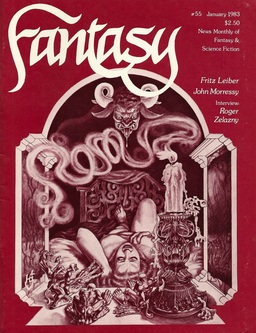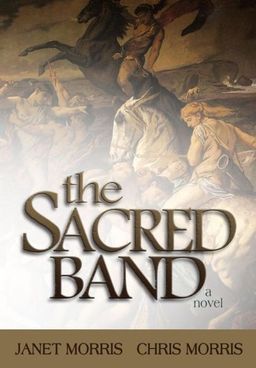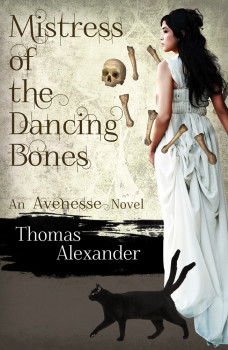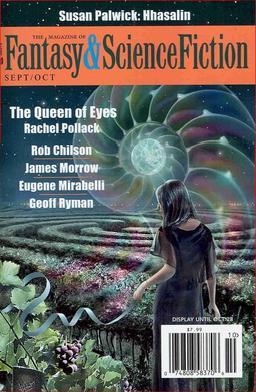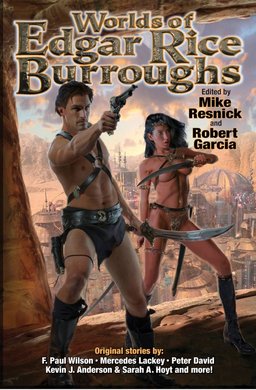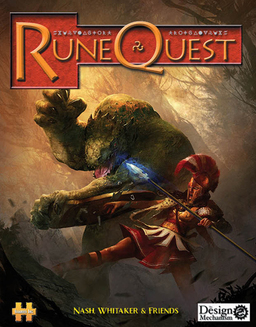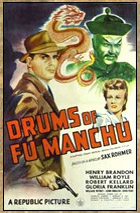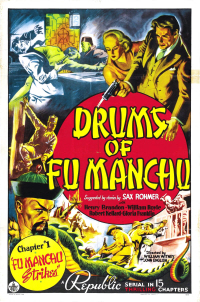The Horror: Oz Meets the Scarecrow
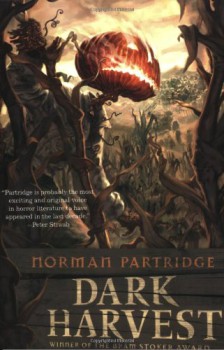 As Stephen King once observed, horror has a short shelf life. What scares us today will lose its impact tomorrow. The shock of the new will wear off, the fear of the unknown dispelled by our having come to know it.
As Stephen King once observed, horror has a short shelf life. What scares us today will lose its impact tomorrow. The shock of the new will wear off, the fear of the unknown dispelled by our having come to know it.
Mary Shelley’s Frankenstein may be a literary classic, and it is still required reading in high school and college classes the world over. But when was the last time anyone was actually scared by Frankenstein’s Monster, I wonder? Or by Dracula, or any of the other classic monsters that now grace the sides of cereal boxes?
Familiar, tried-and-true monsters suffer from overexposure just as surely as vampires exposed to too much sunlight. After the umpteenth new Hollywood film, movie of the week, and YA book series, they “jump the shark,” so to speak. They lose their ability to produce chills and instead become the butt of parody or — worse — a love interest.
Until, that is, they come creeping back in an altered guise, rendered frightening and unfamiliar again by the latest horror maverick. Oh, they keep coming back, these perennial terrors. After all, there is a reason they are iconic: they have so aptly embodied so many human fears throughout the ages. We will likely be spooked — genuinely frightened — by a vampire again, hard as that is to imagine now, somewhere down the road.
In this macabre dance, venerable monsters take turns in the blacklight; their popularity waxes and wanes and waxes again, like the cycles of the moon.
